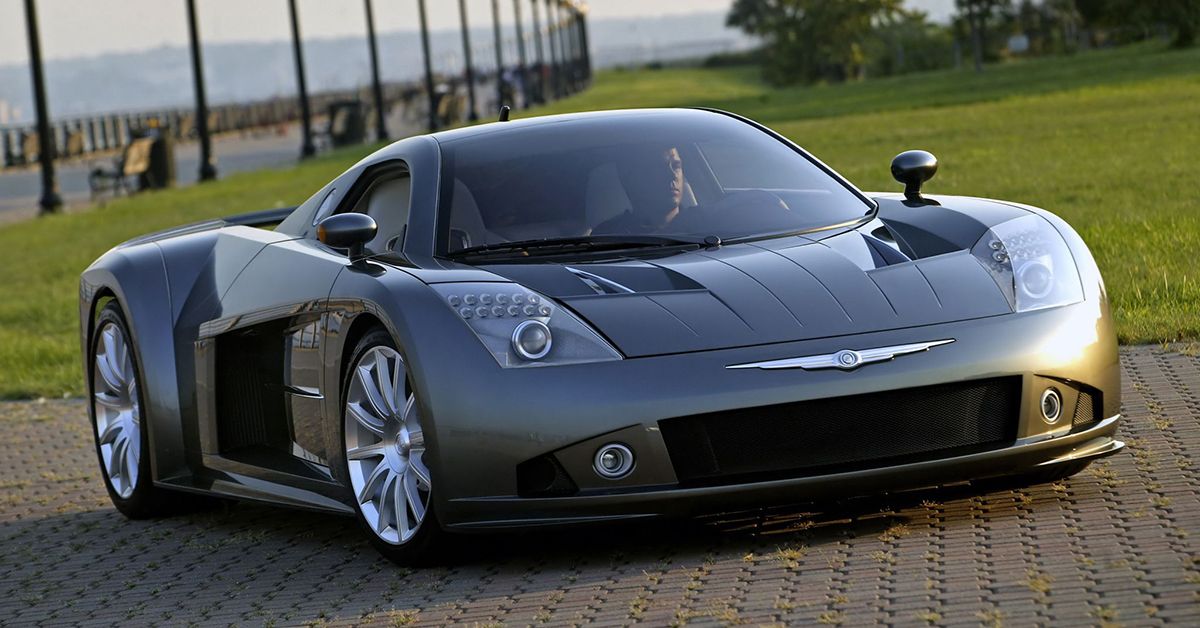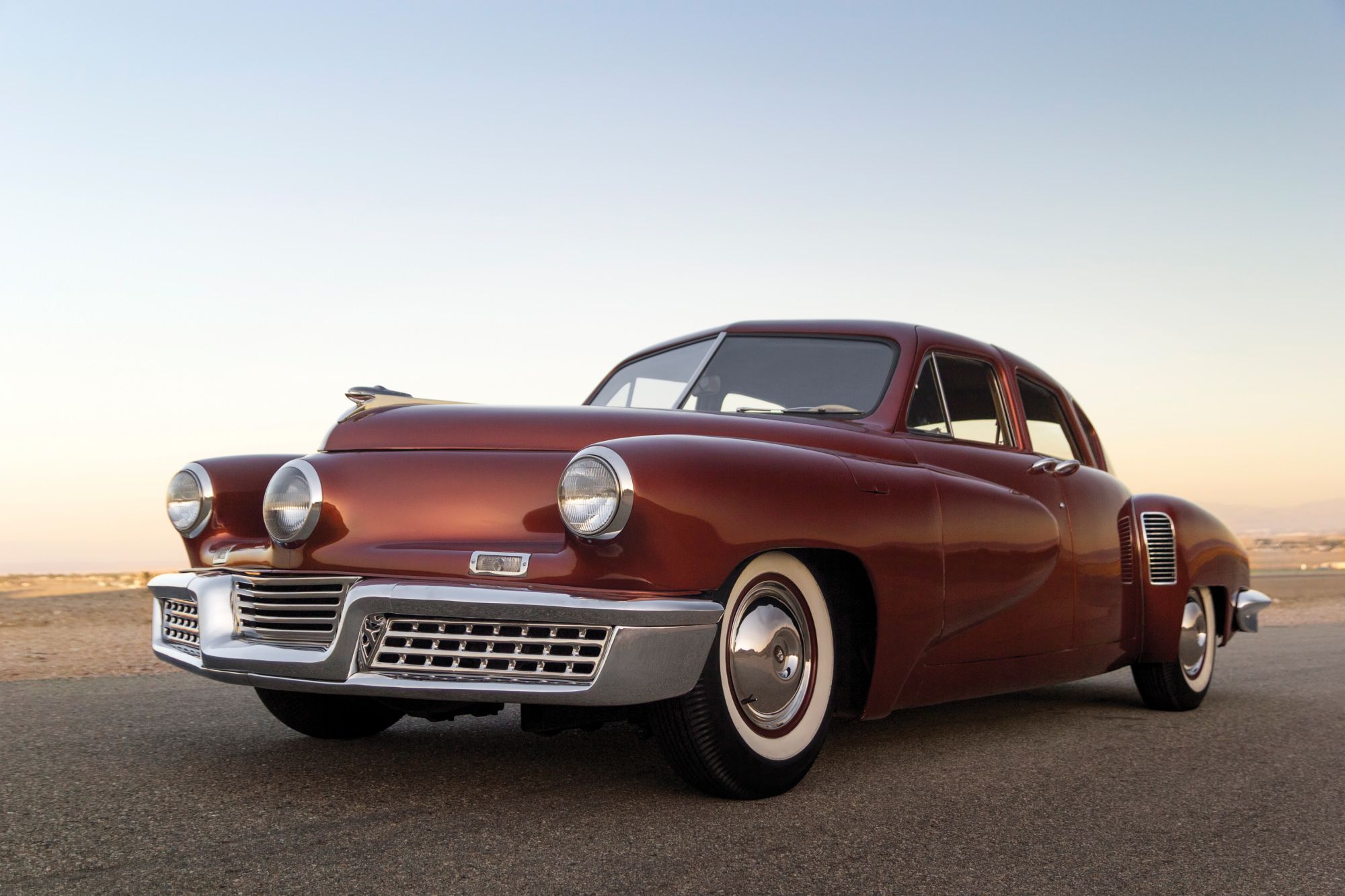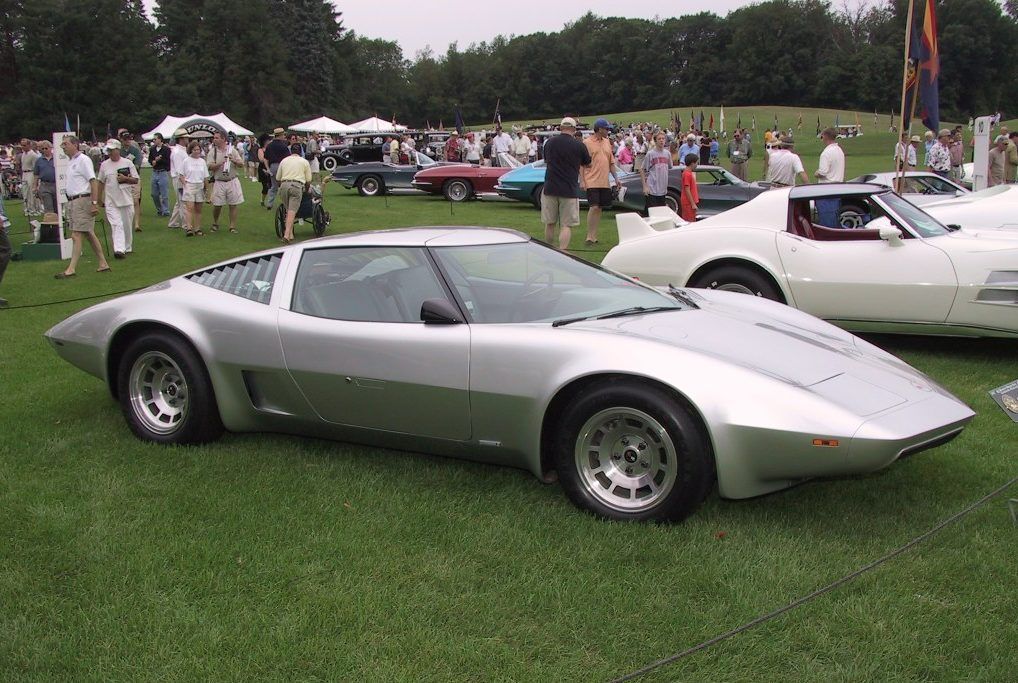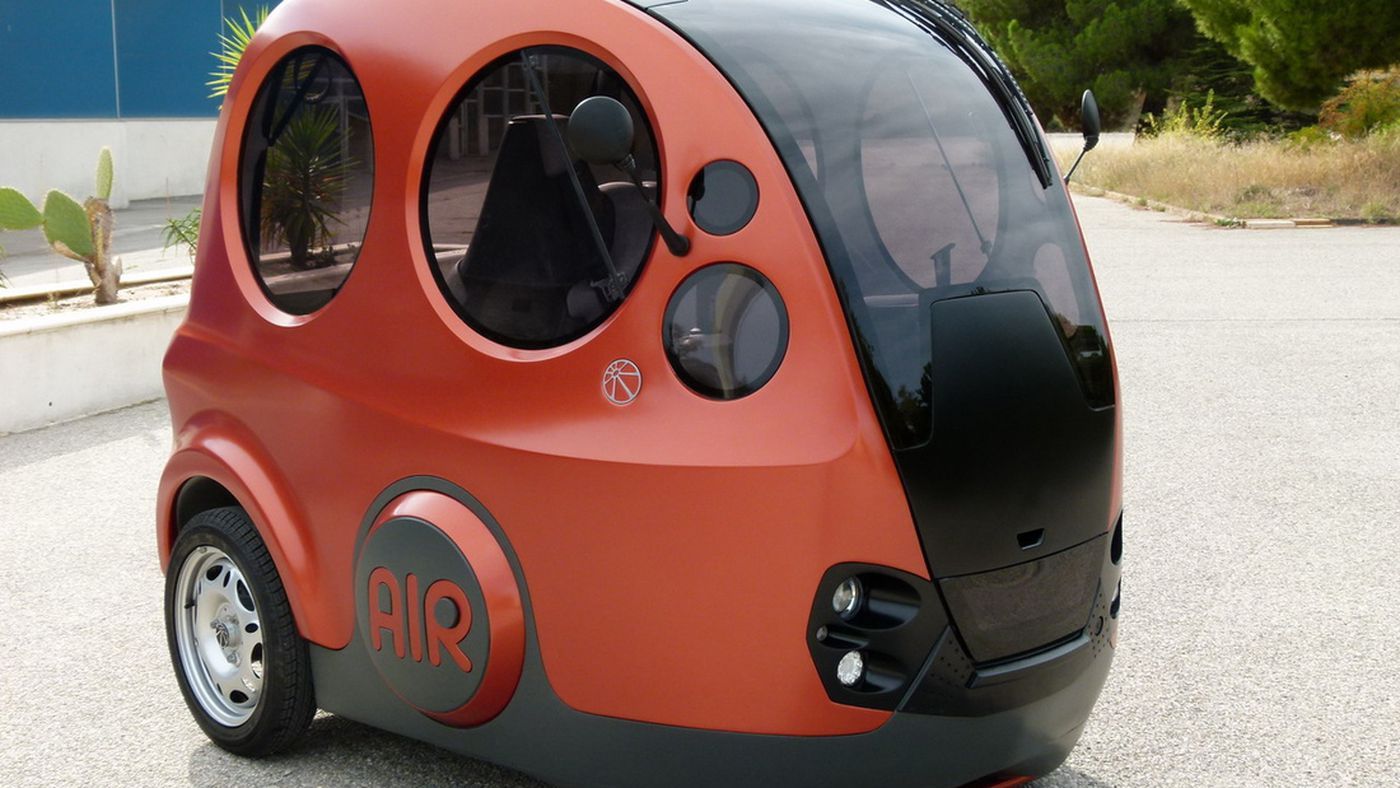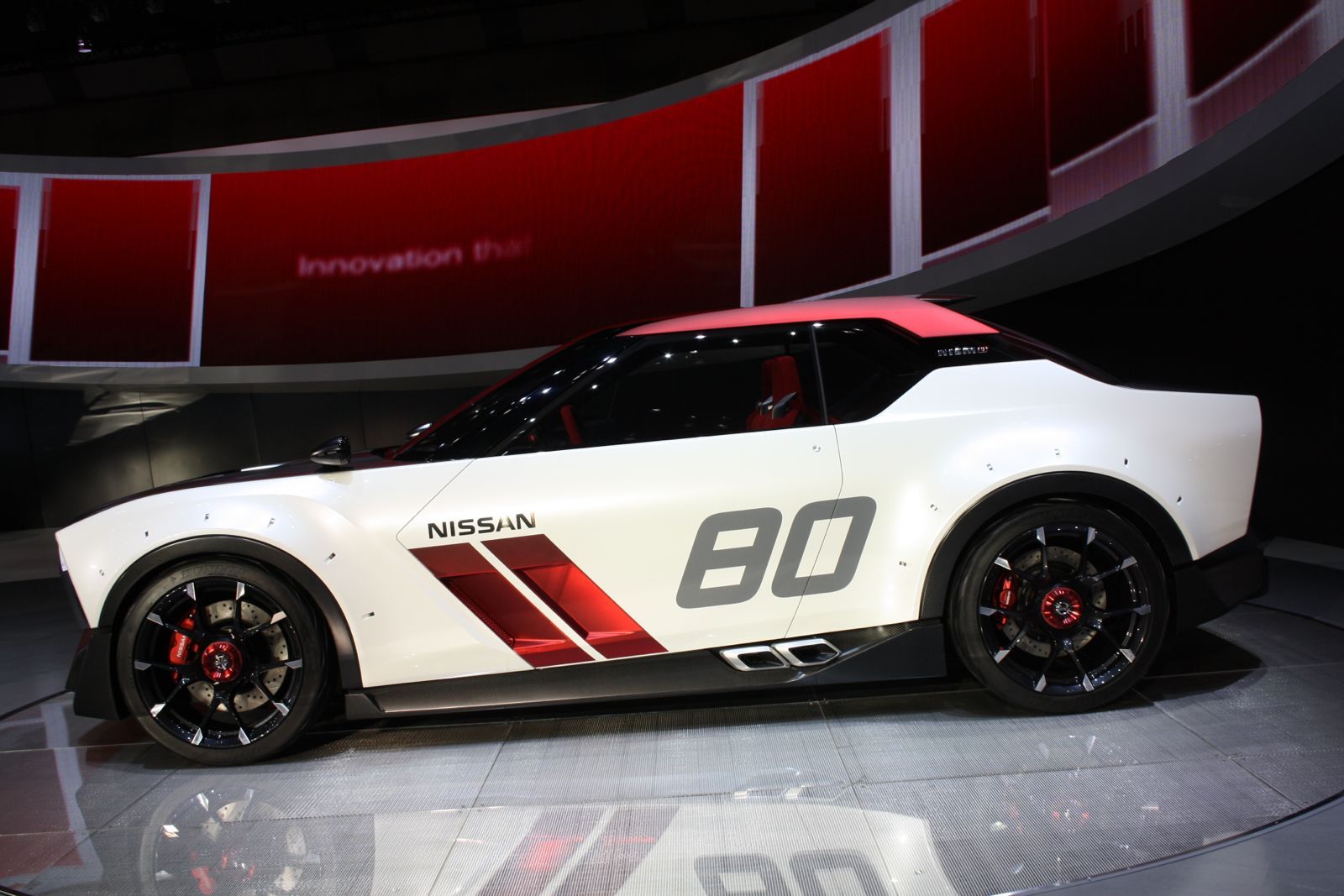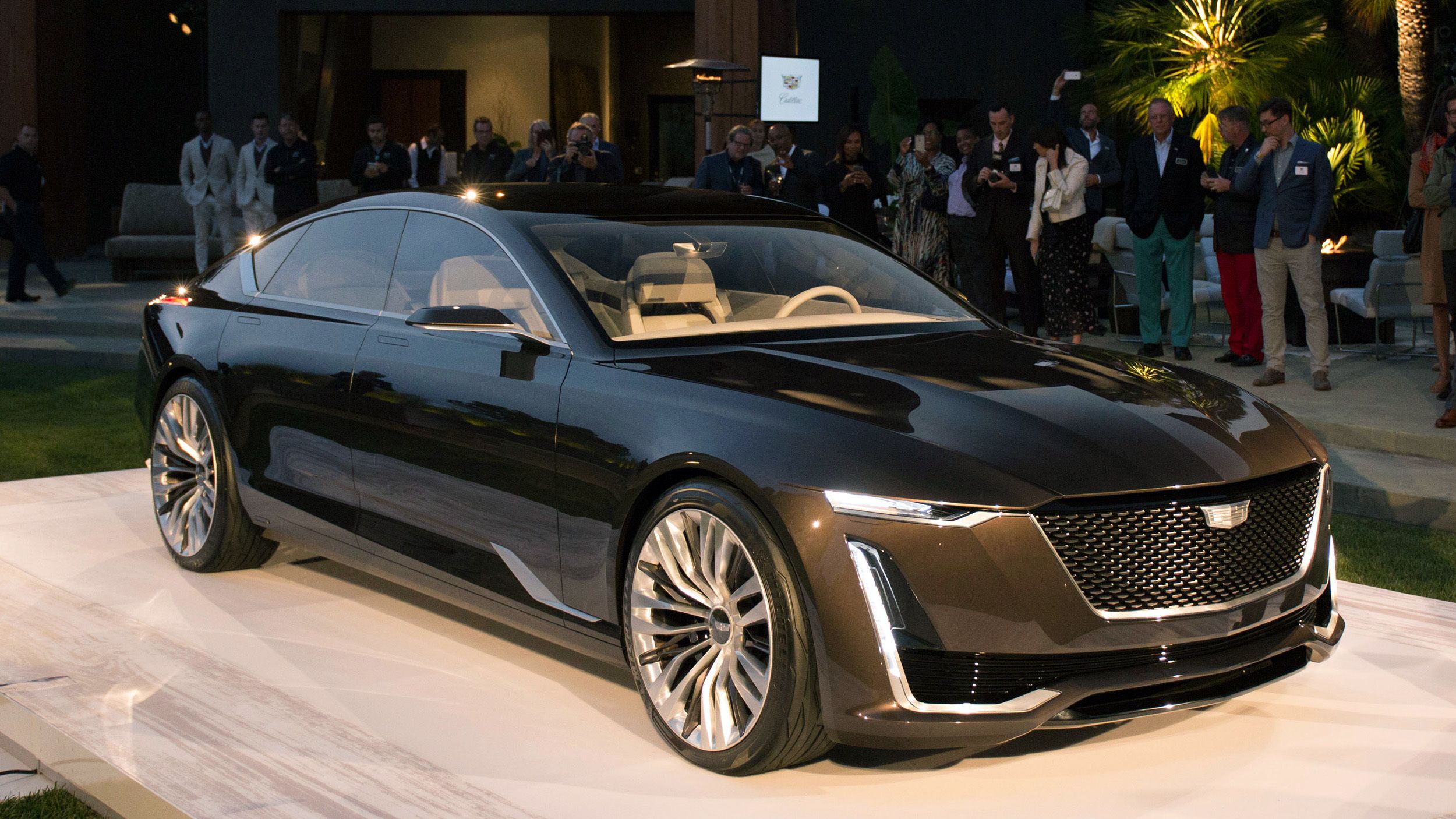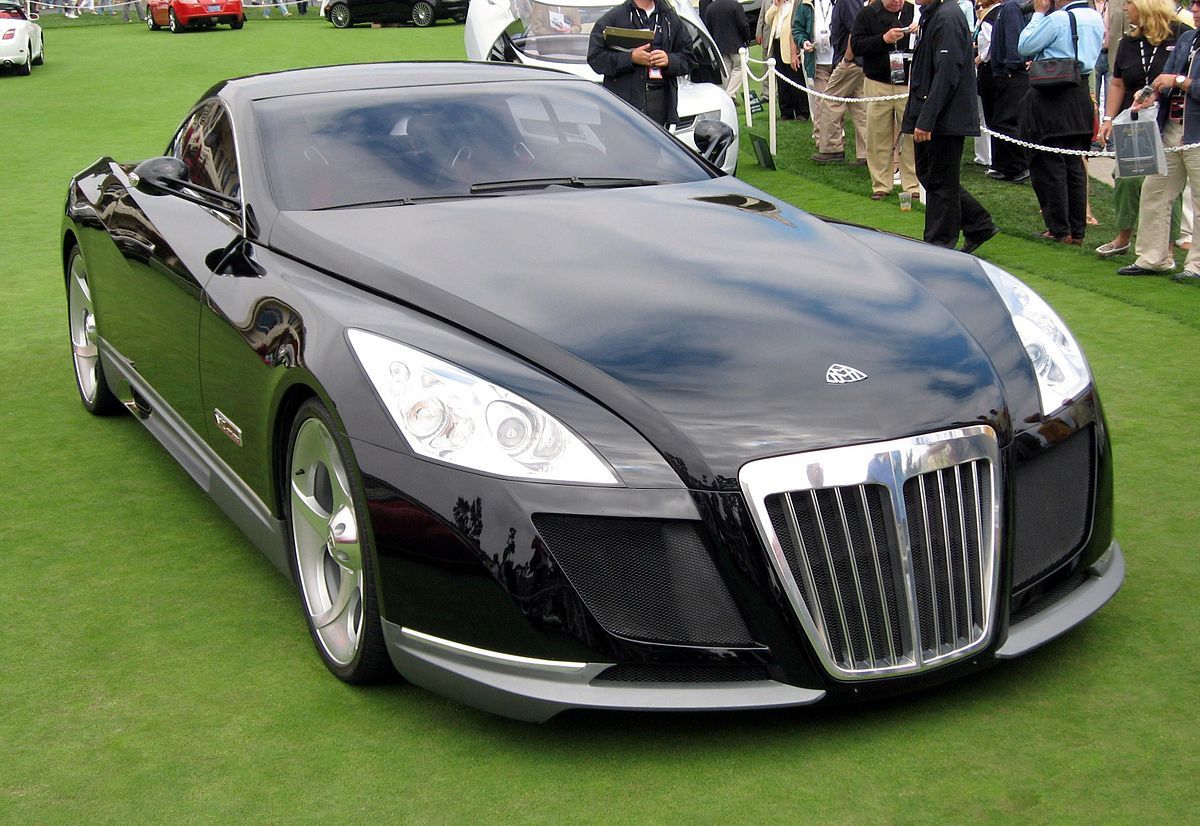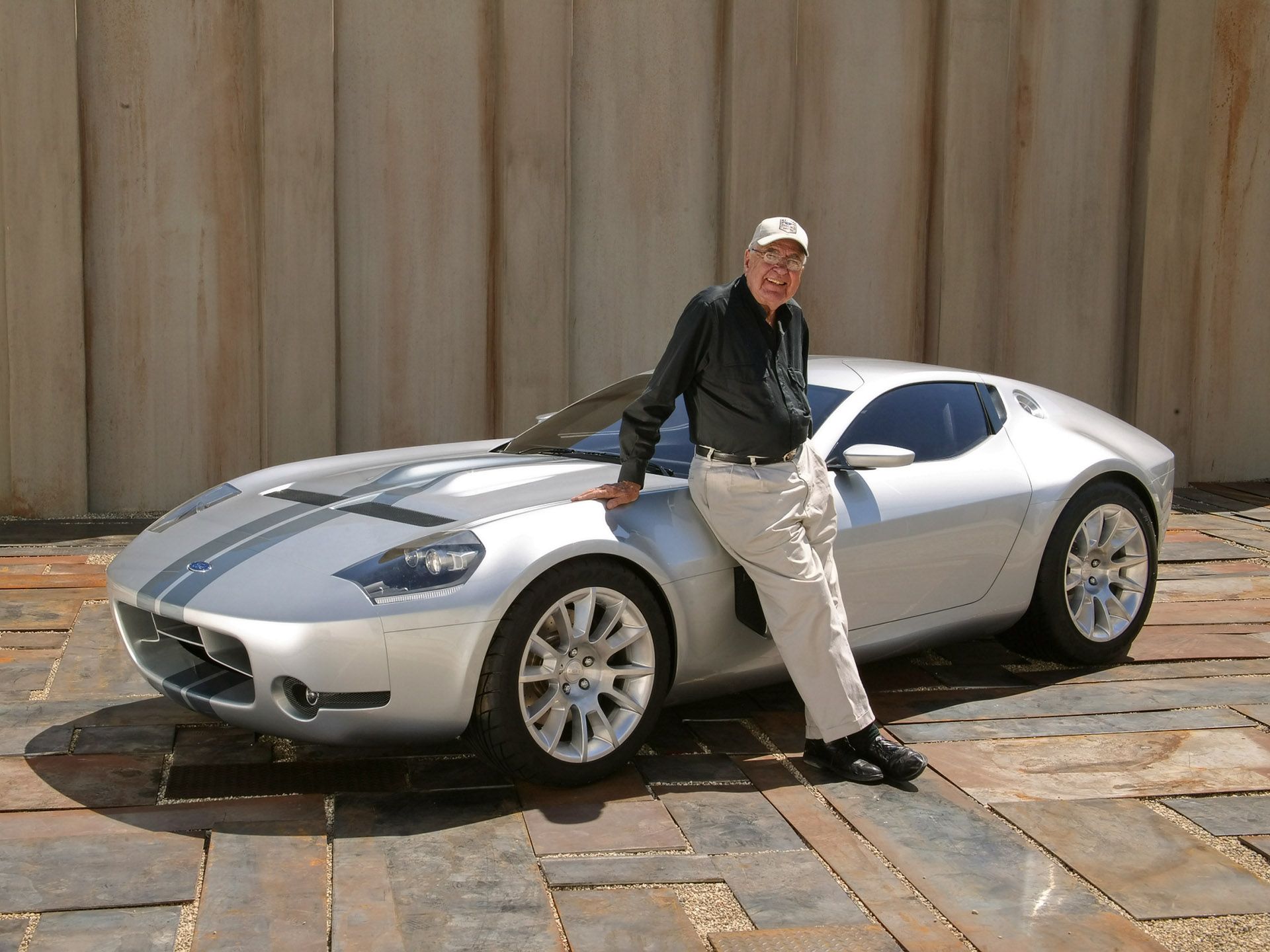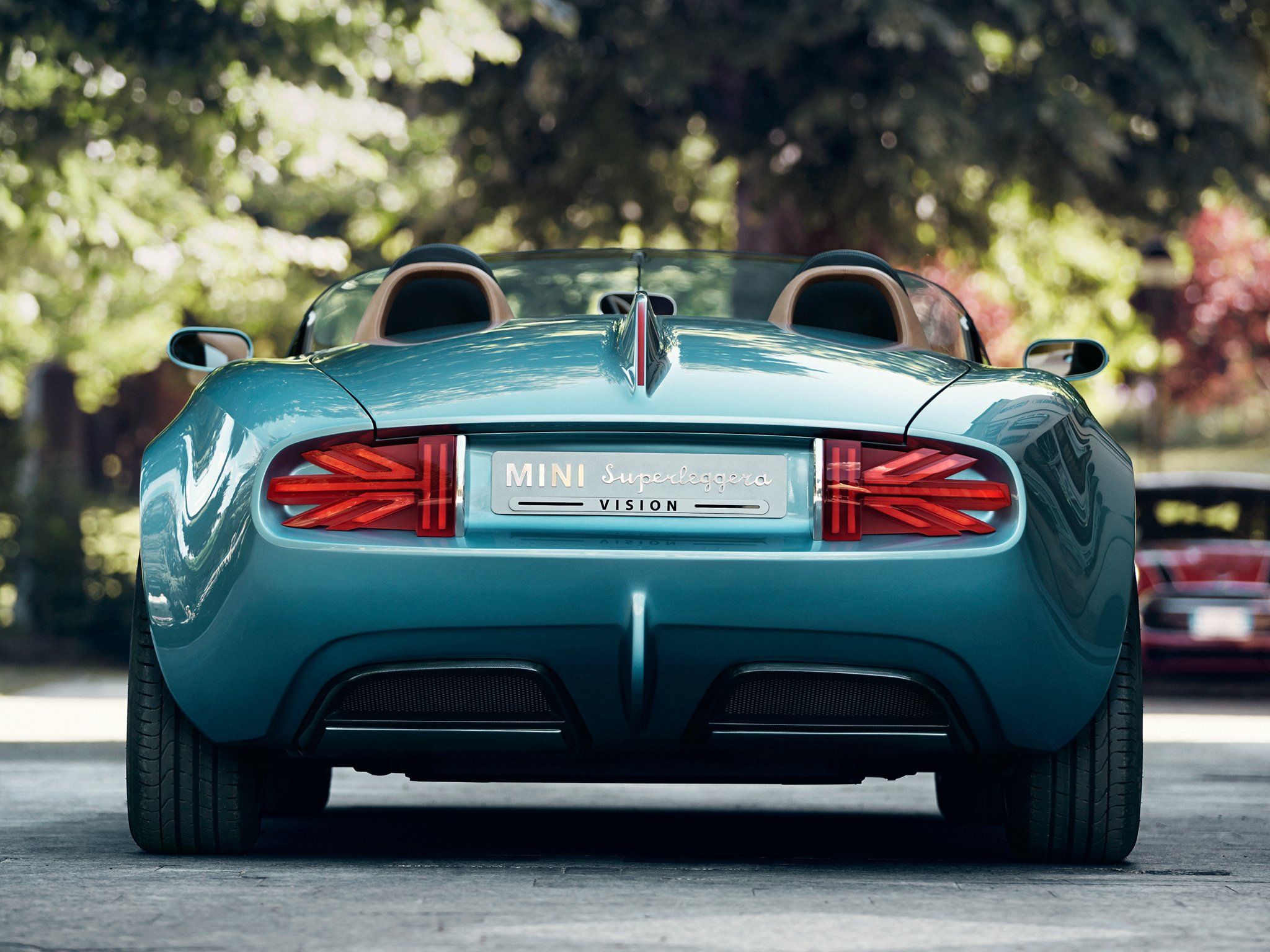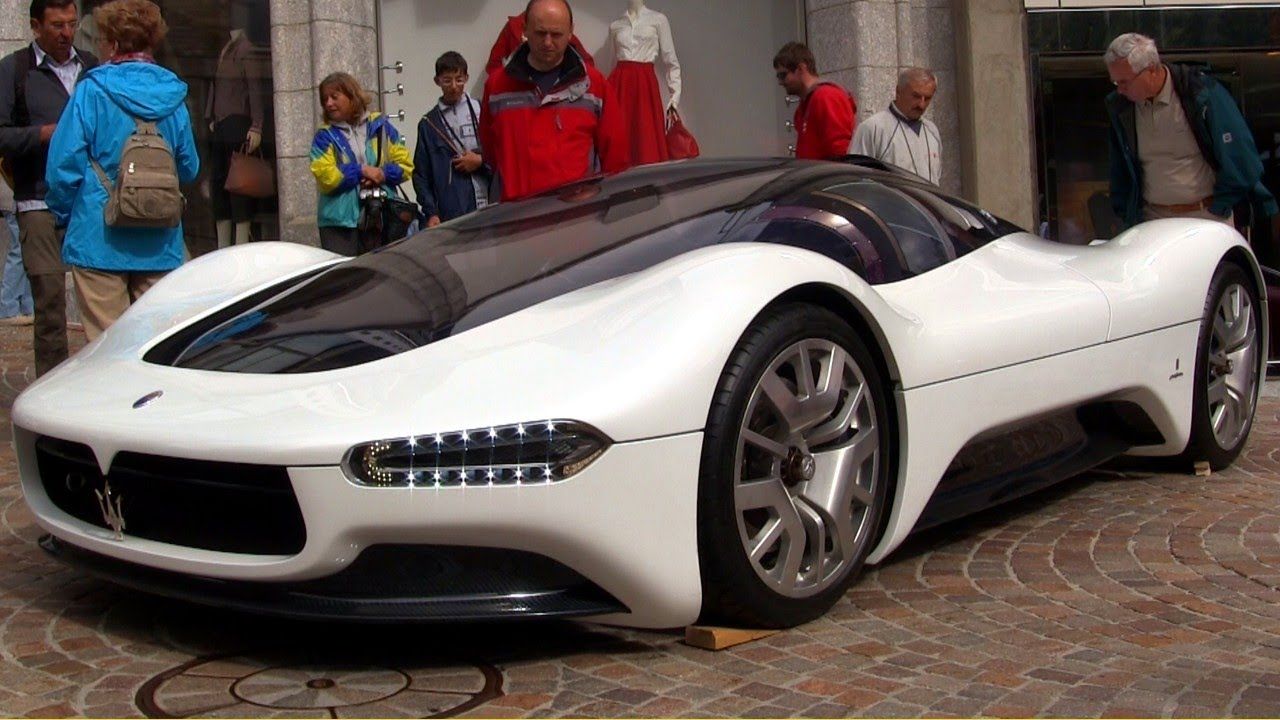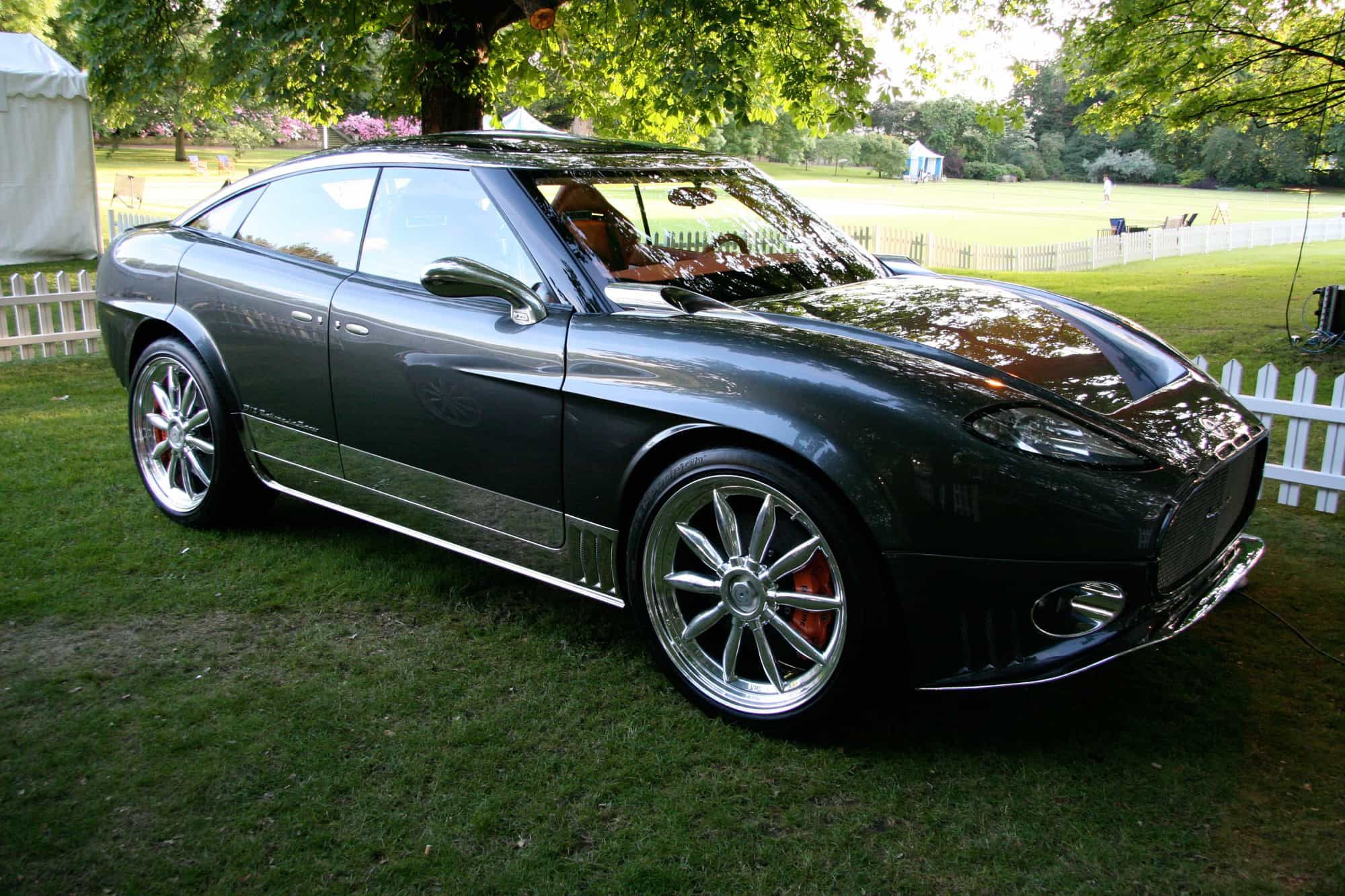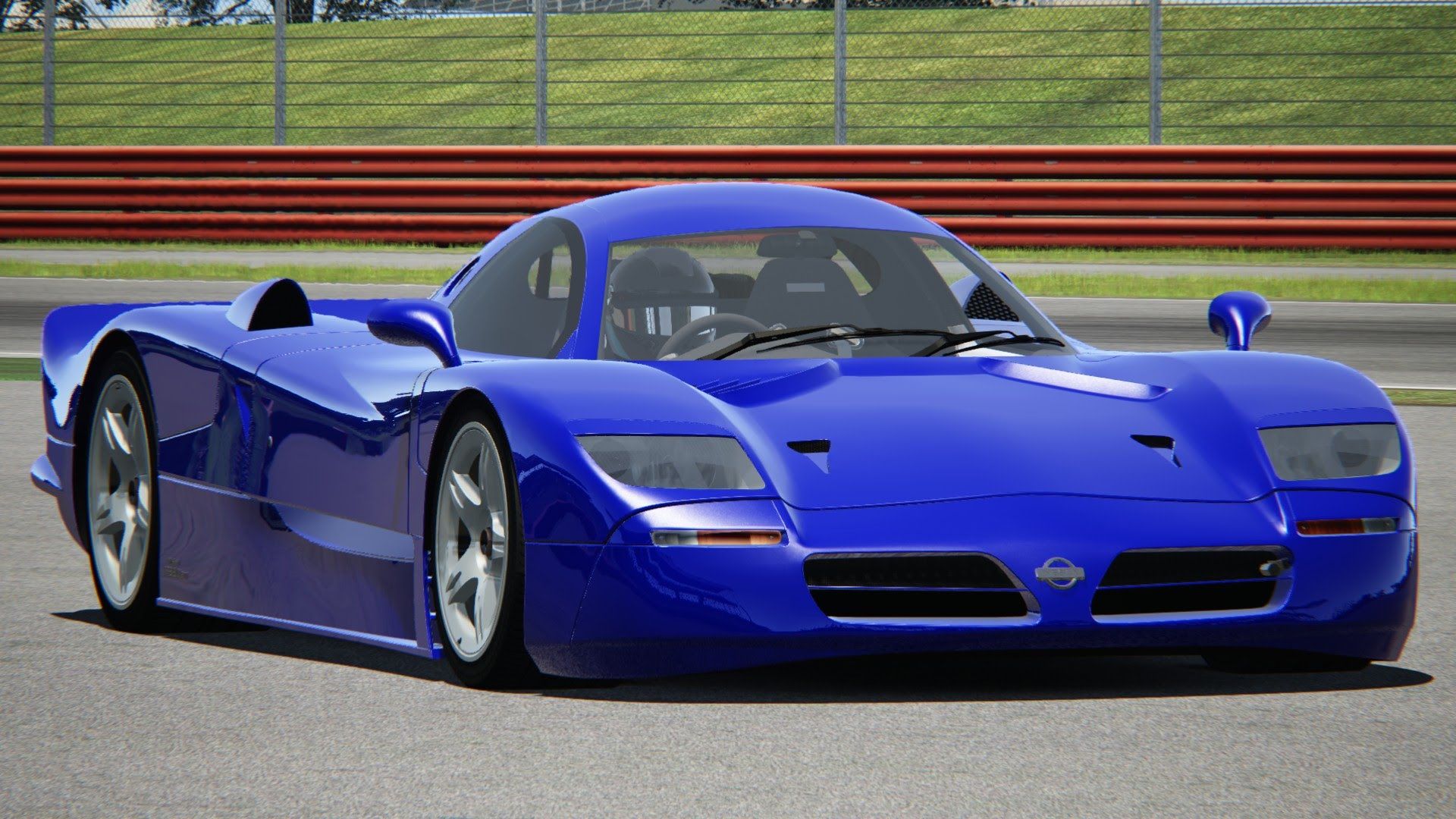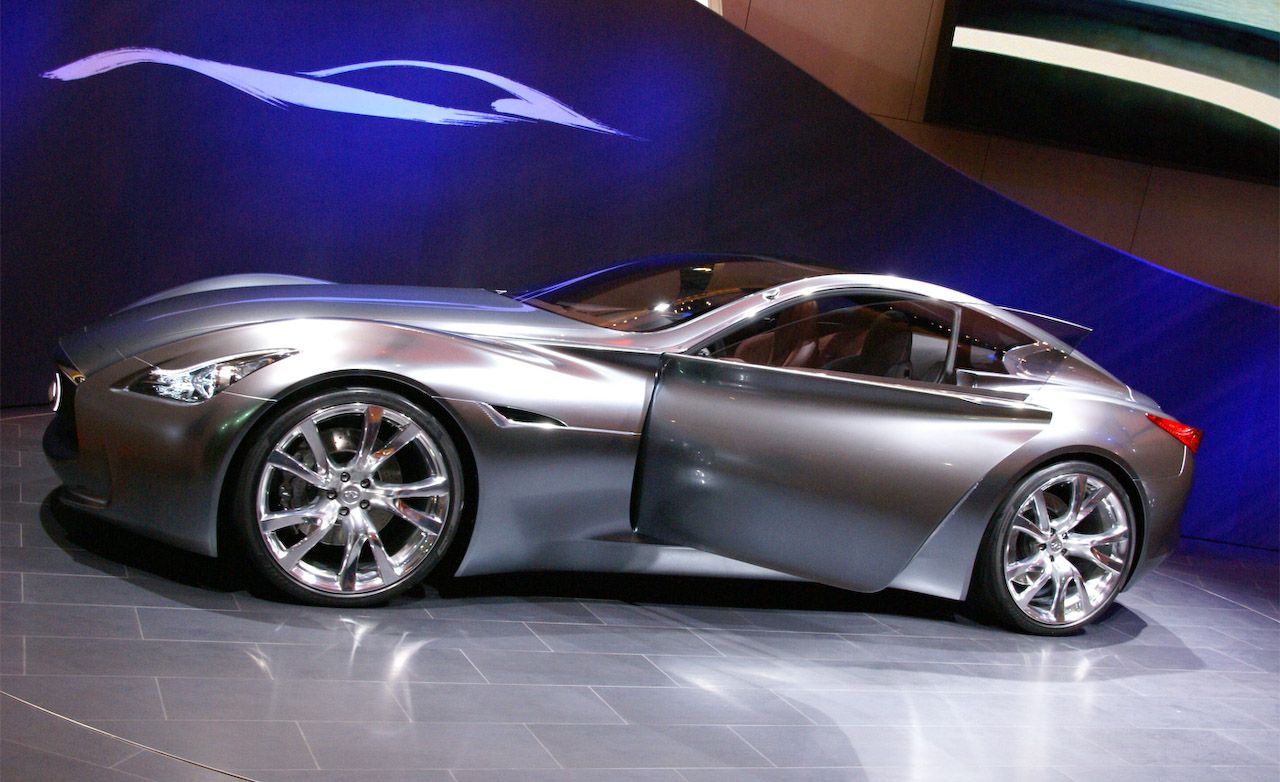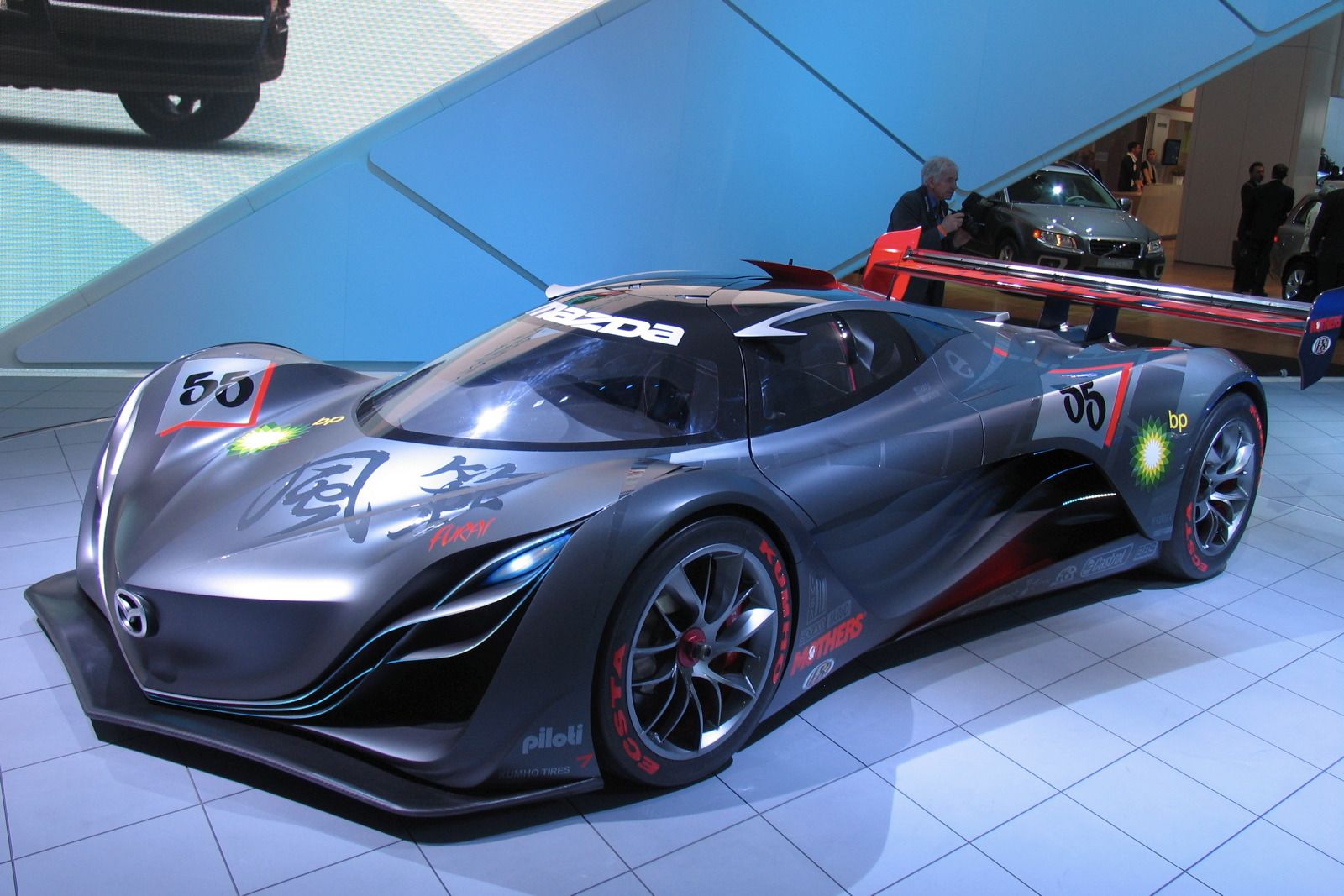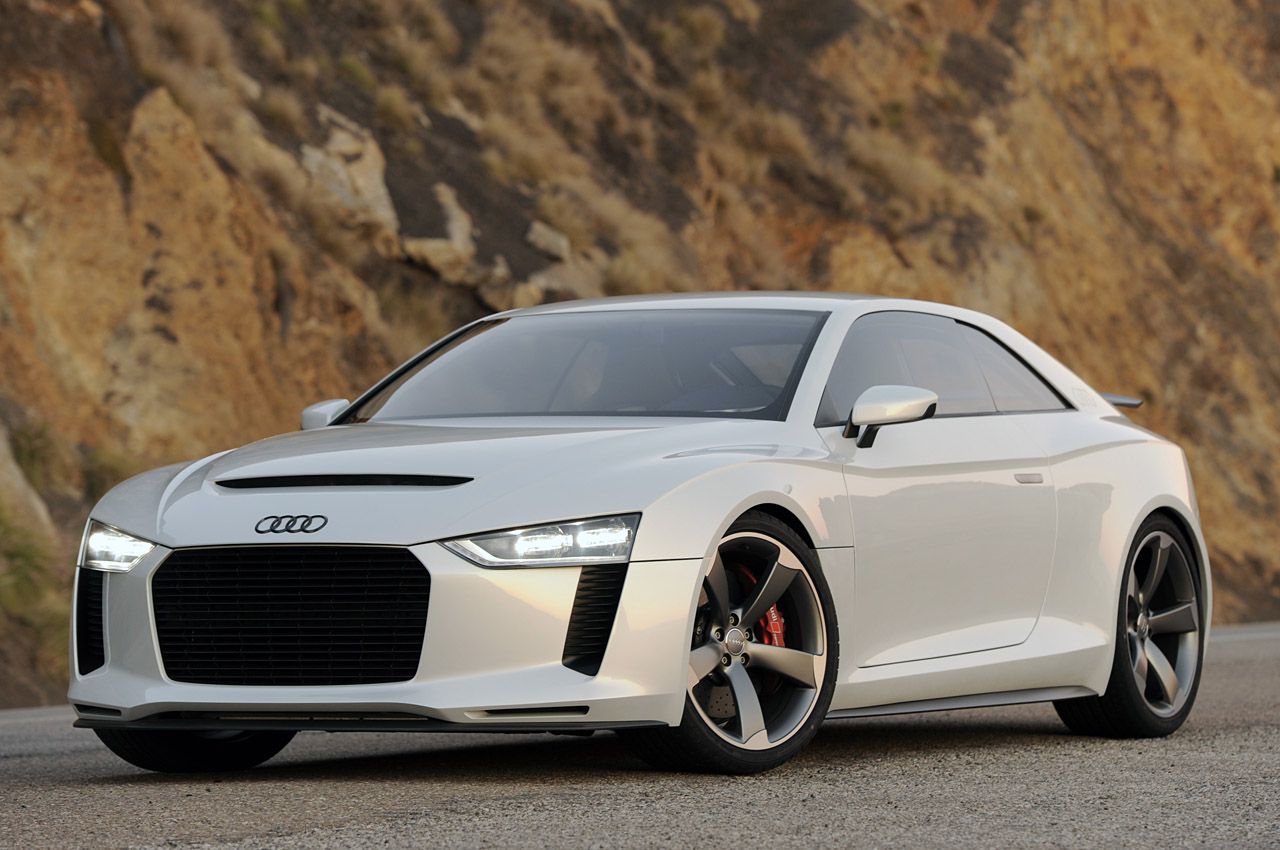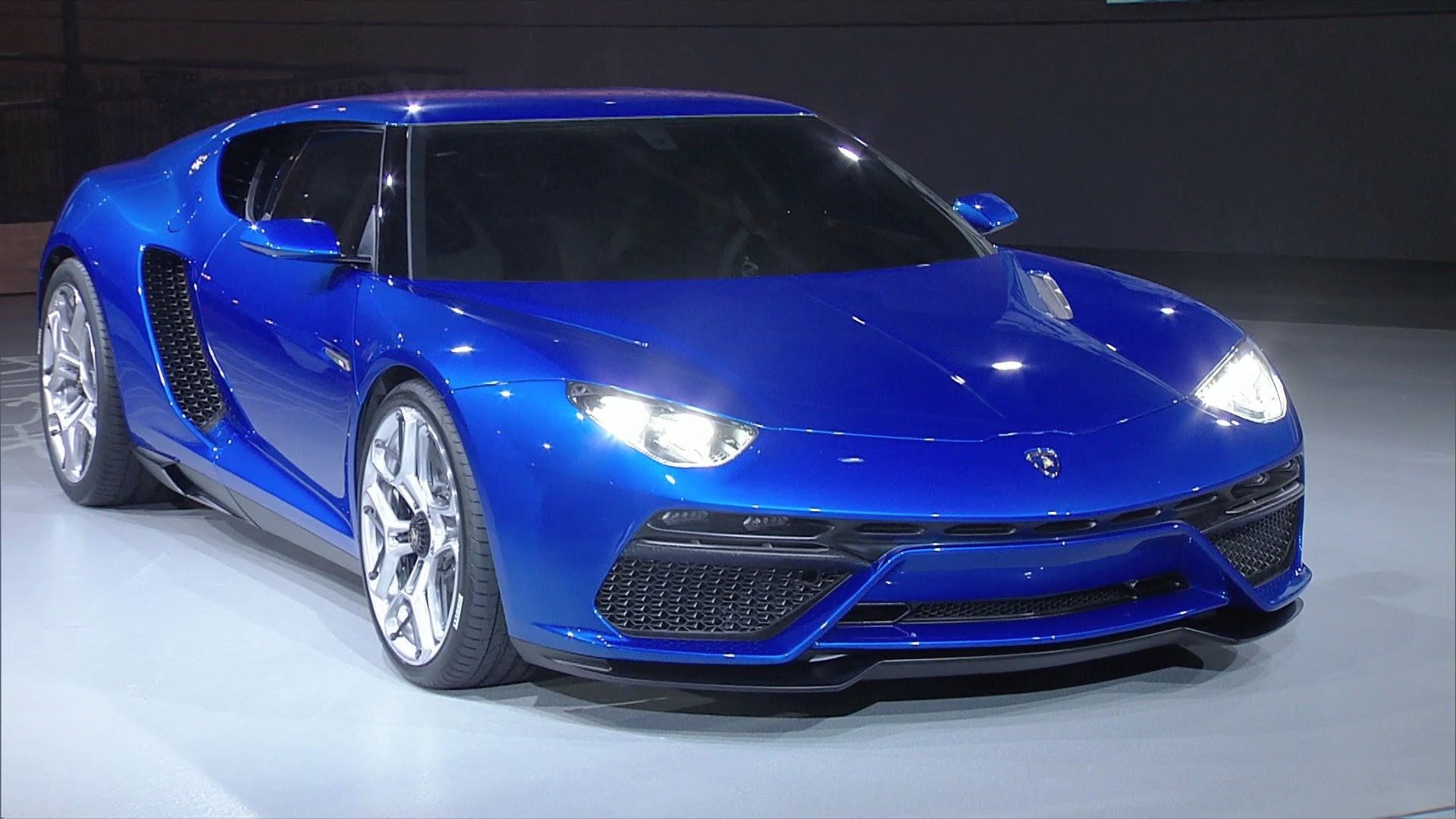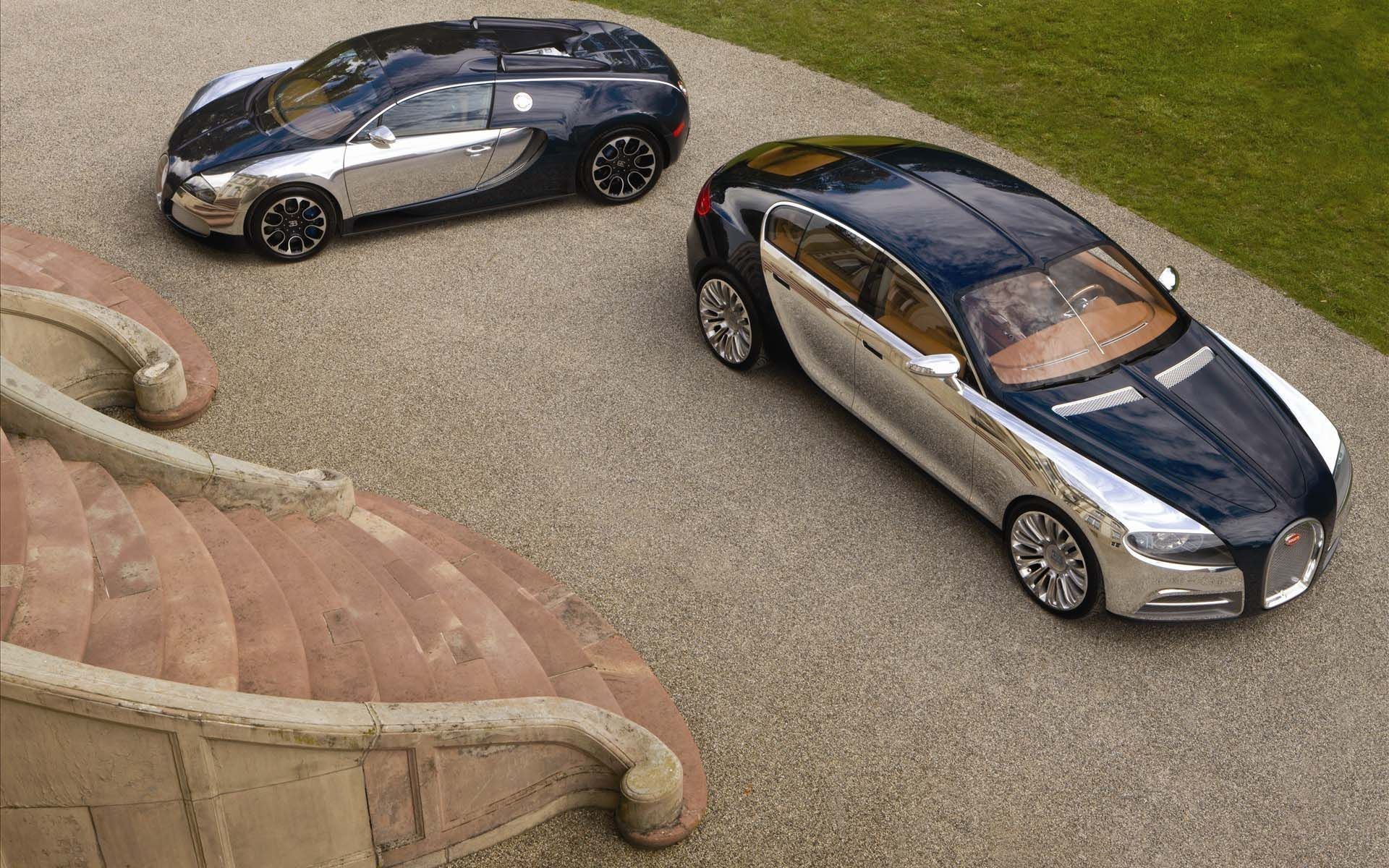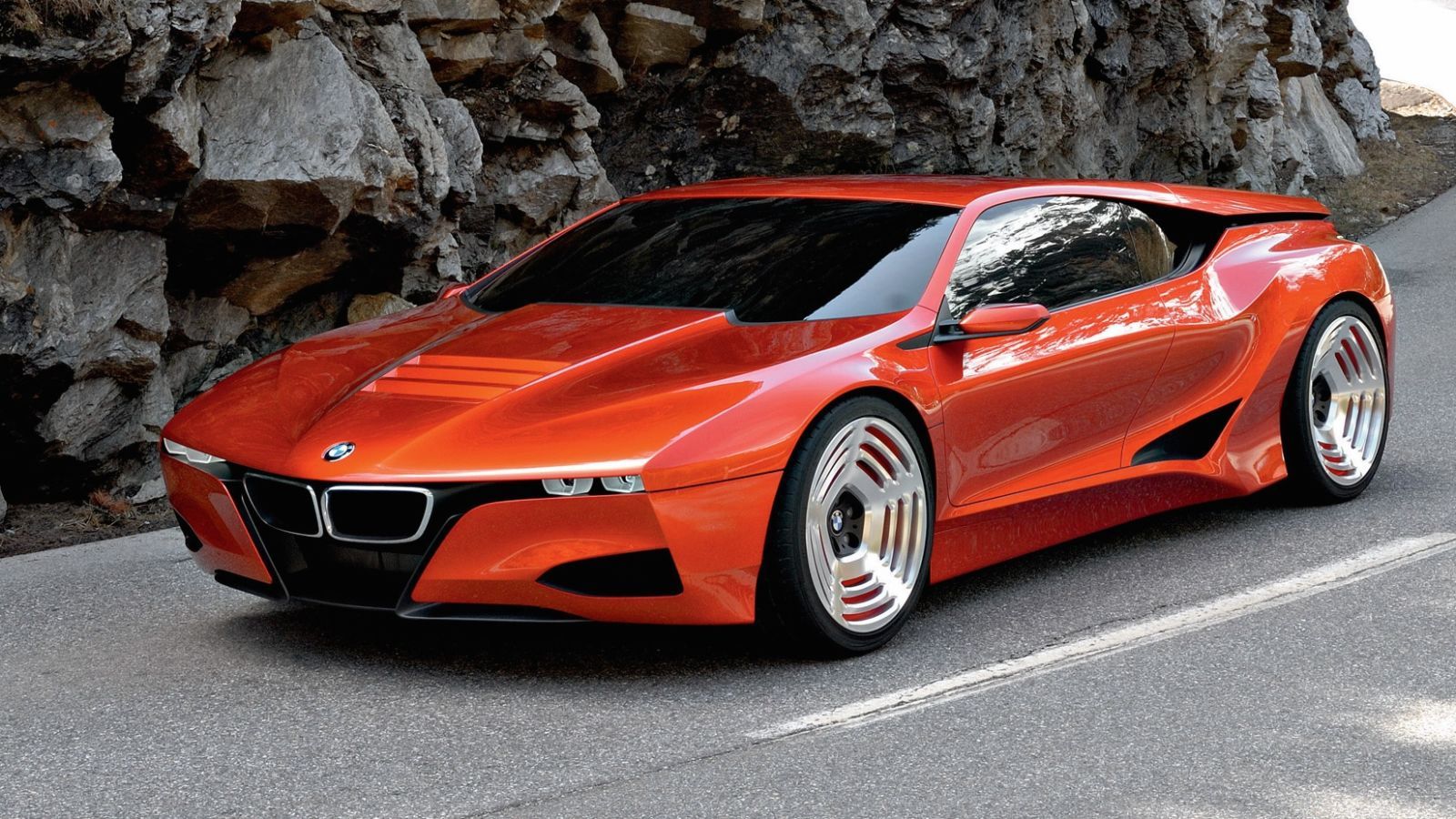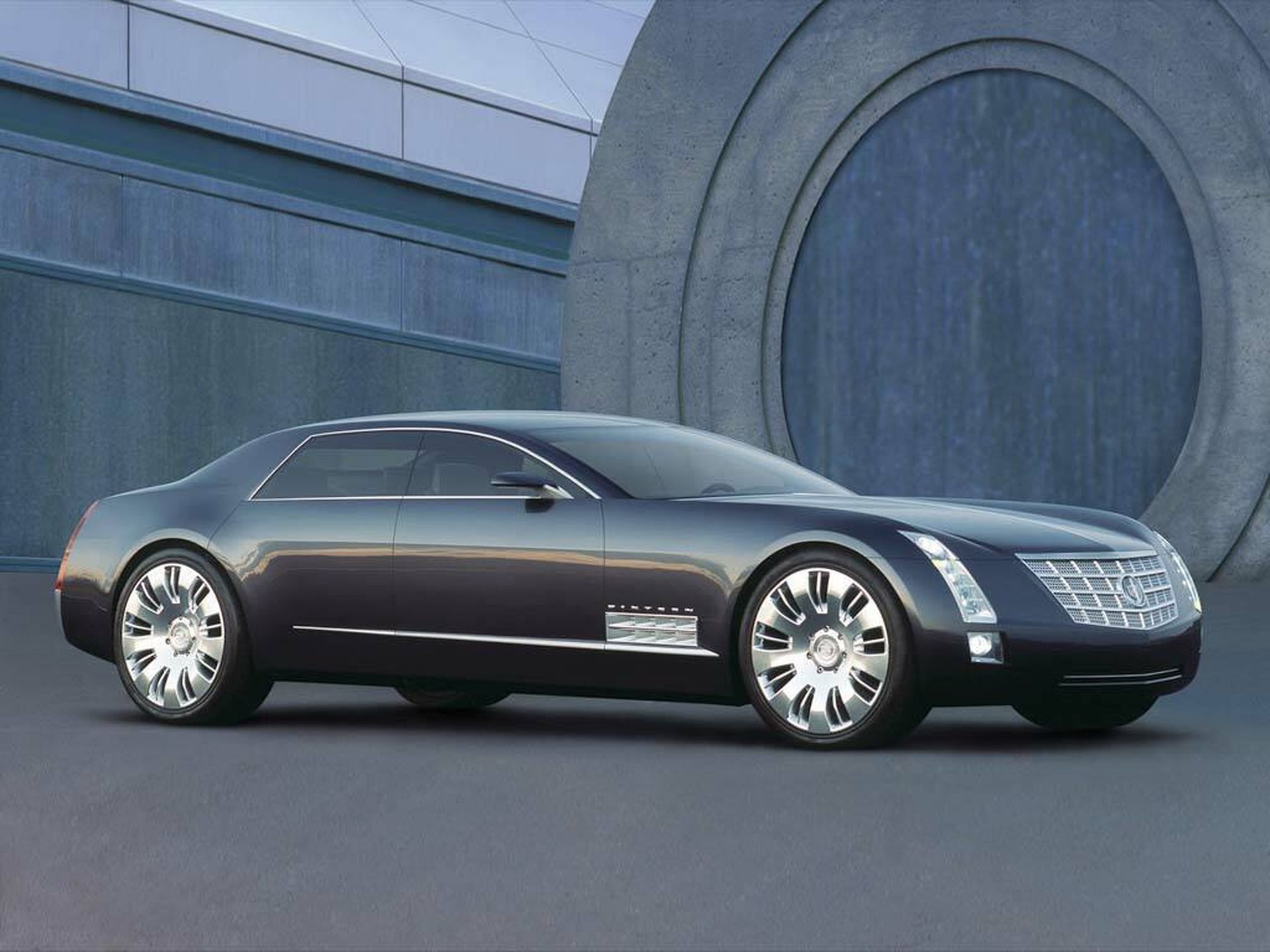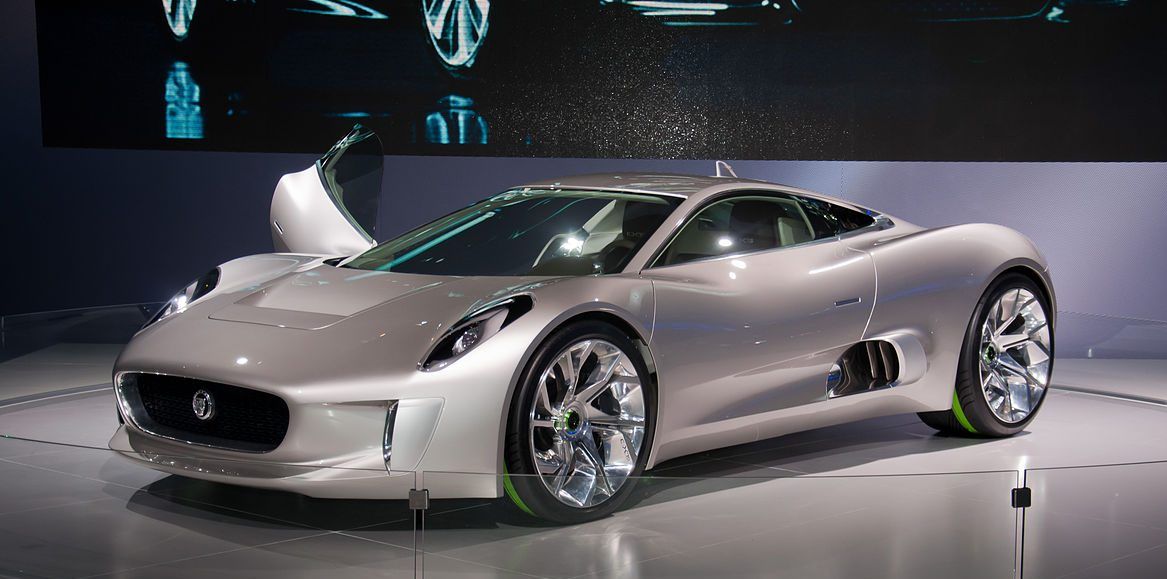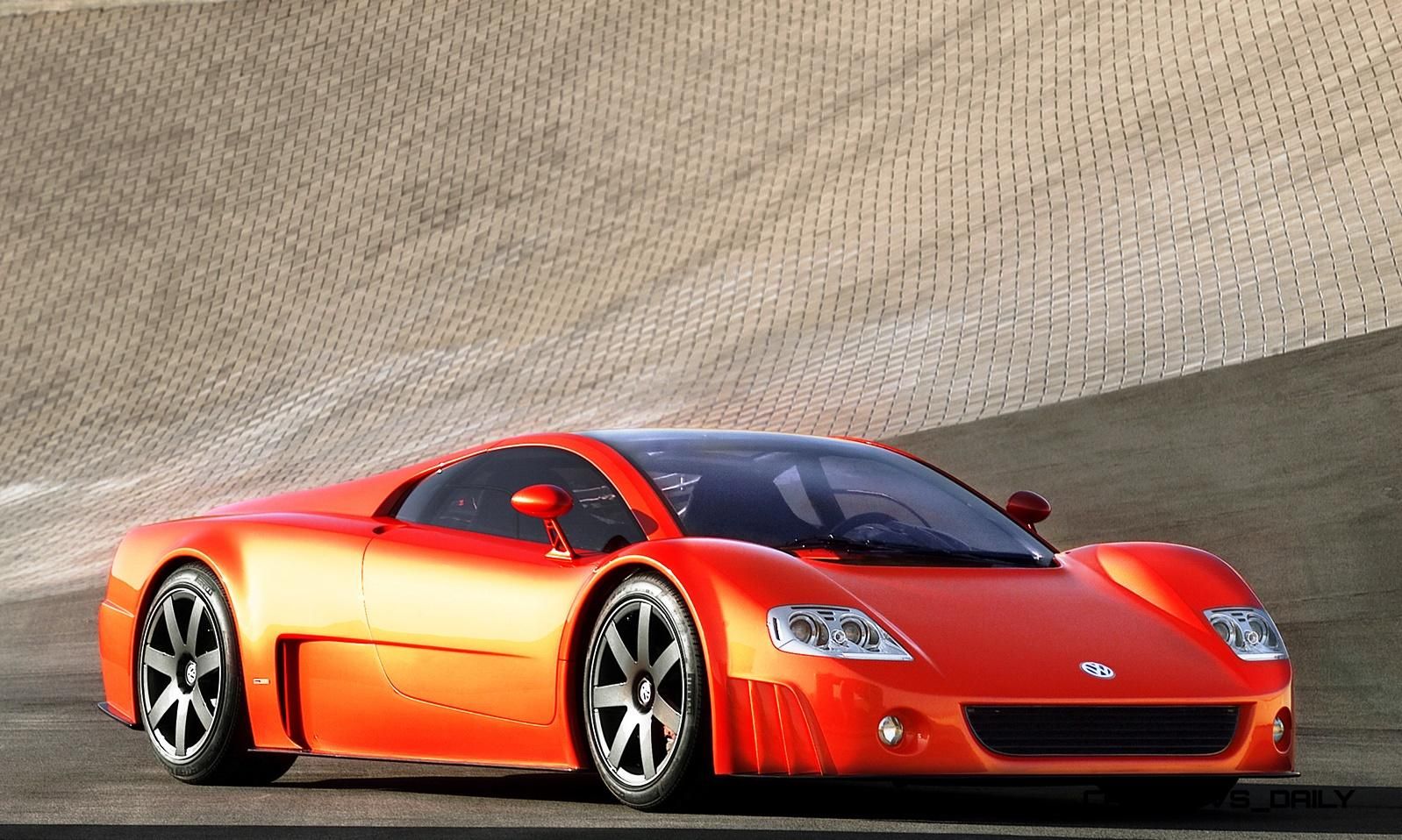For all the marvelous cars we currently have, with their different designs and mind-blowing specs, it is actually the ones that never made it to production that leave most car enthusiasts pining. Many of these cars are concept cars which wowed many at motor shows and then later for one reason or another, the automakers decided against proceeding with them to production. Concept cars are a major part of the auto industry and yet most of the audience now understands that for the most part they are not intended for production. They usually serve as an exhibition of design direction and the company’s ability at best, and at worst, a chance for the design teams to engage in a competition of who can conjure up the craziest design ever.
Yet, there are some cars that were more than just concept cars, there was good intention to have them produced and they promised so much winning not just the public’s admiration but also the critics'. Unfortunately, these amazing cars were not produced for a variety of reasons or when they were, the final product was a watered-down version of the original car. The reasons why such cars never made it to production range from financial issues to managerial differences. Since none of these cars are ever going to pop up anytime soon, we are left to just to imagine what could have been and why we were denied the opportunity.
23 Tucker 48
The Tucker 48 story is a tragic story of U.S. innovation. The car is named Tucker 48 for its production year and was developed by Preston Tucker, a former police officer now regarded as a visionary.
There was never any doubt that the Tucker 48 was way ahead of its time in terms of innovation especially in safety features.
It had a directional third headlight at the middle that would activate when steering the car at angles higher than 10 degrees for lighting up the car’s way at corners. The car had a perimeter frame for protecting it during crashes. The steering box was located behind the front axle to protect the driver in case of a front-end accident, the windshield was made of shatterproof glass which could pop out in a crash protecting the occupants.
Unfortunately, legal and financial problems only saw 50 of these models made and the venture came to an end.
22 Chevrolet Aerovette
This was a Corvette that would have changed the course of all designs for the Corvettes. The main outstanding feature was the rotary engine as GM worked to get a mid-engined car. The initial rotary engine was swapped for a V8 and streamlined. The sleek designs and the expected performance from a mid-engine saw the car being dubbed as “the car that launched a thousand magazine covers.”
The aerodynamics, the split windows, the windshield halves and the ventilation fans, without any lines or graphics harming the design, really made this a car for the future.
Unfortunately, despite a go-ahead being given for production, a new team led by the David R McLellan who favored traditional front engine, rear drive cars took over the project and shelved plans for the Aerovette.
21 Tata AirPod
The Tata AirPod was showcased by Indian automaker Tata in 2012 to announce its intentions of developing a vehicle powered by air compression. The car was expected to weigh under 907 kg which makes it more fuel efficient and would be driven with the help of a joystick.
The project, which was a partnership with MDI, was to see the one seated car launched within a few years after the concept production.
It was on the down low until 2017 when the company announced that it was on the next phase of mass producing the product. While the idea of such a fuel-efficient car using neither gas nor electric energy is great and the design is appealing, technical issues of making the vehicle commercially practical have hampered the production.
20 2013 Nissan IDx Nismo Concept
In 2013, at the Detroit Auto Show, Nissan unveiled two IDx cars that had all the fans of the small sporty rear wheel driven cars excited. Of the two cars, it was the Nissan IDx Nismo which really caught the eye of everyone with its retro looks and lines reminiscent of the famous Datsun 510 with its boxy looks. Its sporty nature was evident in the design and it was slated to be powered a by a smaller 1.6-Liter engine unlike the V6 powering the 370Z.
Since then, Nissan has not been forthcoming about whether it is producing the car. It has gone from a sure yes, to a restyling and then finally to stating that they had yet to find a way to create a small rear-wheel-drive sports car. This is because it will require a new rear-wheel-drive platform and given the volumes involved, it was not a commercially profitable option for the company.
19 Cadillac Escala
Given the company’s flattering slogan as the "Standard of the World" it is hard to understand why Cadillac has had a penchant for canceling promising concept cars. The Cadillac Escala is such an example, a car with so much promise and a ready position to fill which somehow got culled.
It had a majestic presence with its size and styling measuring 6 inches longer than the CT6 which it was destined to replace it as the flagship model.
The Escala with its twin turbo, 4.2-liter V8 engine was showcased as the model the CT8 would be like. It as the then President of Cadillac had called it "the symbol of the company’s return to the pinnacle of premium." Cadillac then canceled plans for production, choosing instead to focus on crossover SUVs.
18 Maybach Exelero
The Maybach Exelero was unveiled in 2005 as a one-off high-performance car and it is easy to see why. For starters, the main reason it was created was to provide a demanding test car for the new Carat Exelero tire range made by Fulda. At 2.6 tonnes and with a length of almost 300 inches, it seemed the perfect car even without considering its 218mph top speed and the 4.4 seconds it took to accelerate from 0-60 mph.
Its design was also extravagant since despite its length it was essentially a two-door coupe with the massive V12 occupying much of the hood from where it put out 690hp and 752 lb-ft of torque. All these factors considered meant production costs would be off the roof and the price unjustifiable.
17 Ford Shelby GR-1
This was the car set to be the successor to the famous Ford GT. With its styling paying homage to the all-conquering 1964 Shelby Daytona Coupe, everything seemed right in place as Ford even conducted a feasibility study.
It was not just about looks either as the car was powered by a 6.4-liter V10 with an output of 605 horsepower.
It was also mated to a six-speed gearbox and had a rear wheel drive. Unfortunately, the finance department was worried the fate that befell the GT would also affect this car and given that after two years in production the GT was still short of its target, the GR-1 was shelved.
16 2014 Mini Superleggera Vision Concept
This concept was a great marriage between British car building and Italian design as Mini collaborated with Italian coachbuilder Touring Superleggera. The concept car, a two-door roadster, was all things we have come to love about Mini. It had the looks and size that had BMW been serious would have given the Mazda MX-5 Miata something to think about. A little touch of the BMW DNA on the drivetrain and the Mini Superleggera would have provided the company with endless opportunities. The company dallied with the idea of production before finally deciding to focus on the creation of a sedan and crossovers.
15 2006 Maserati Birdcage
As far as radical concept cars go, the 2006 Maserati Birdcage is among the top. Coming at the end of the of Pininfarina as an independent company, it was the perfect distillation of the heights the design company had hit.
It is then fitting that the car was also a homage to the 190 Maserati racing cars and launched as the company celebrated its 75th anniversary.
It is full of retro and futuristic takes and under the hood was a V12 with an output of almost 700hp. Despite the many rave reviews in shows, the company insisted this was only a prototype. When considered, practical reasons like cost and the market would have made production an unviable endeavor.
14 Spyker D12 Peking-to-Paris
Despite its odd name, this car would have been an amazing entry into the luxury SUV segment. To go with the unique styling was a VW built V12 engine with an output of over 500 hp which would enable the SUV to hit 0-60mph in 5 seconds while achieving top speeds of almost 300km/h.
Even with the expected high cost, it caused enough waves at its unveiling at a show in 2006 that it got 100 solid orders.
Unfortunately, the company got embroiled in financial strife at one time being declared bankrupt and after having tried severely to get the car into production, plans were discontinued.
13 Nissan r390 GT1
This was a car primarily built to allow Nissan be able to compete in the 24 hours of Le Mans in 1991 and 1998. Only one road car was ever built and this is stored at the company’s Zama facility. Only 8 racing cars were ever created and were quite successful before a change in the rules made Nissan abandon them.
The road car was never taken to production which is a bit sad given its amazing design and blistering speed. Powered by a 3.5L twin-turbocharged V8 engine, it produced 550 hp and 470 lb-ft enabling the car to hit 0-60 mph in 3.9 seconds and have a top speed of 220mph.
12 Infiniti Essence Concept
At the unveiling of the Infiniti Essence during the 79th International Motorshow of Geneva as a celebration of Infiniti’s 20-year celebration, the company could not find enough words to describe the car. It was the first public show of Infiniti's petrol/electric hybrid drivetrain and this was packaged in a design worth the car’s ambition.
It had a fresh design expected to influence later models, taking a modern approach to the famous coke bottle styling.
The car was filled with technology both for safety and convenience as well as luxury details like the Louis Vuitton bags in the trunk. Then the company began the usual circle of having the car set for production and then off again with no clear statement from the hierarchy. Several years later, it seems this car may truly have never been meant for production.
11 Mazda Furai
The Mazda Furai may never have been planned for production yet the company sure had plans for it on the track given the car was based on a Le Mans prototype chassis. It is a fact that has been acknowledged by Laurens van den Acker who was the head designer and he also expressed strong hope that the car could be brought to the market. The main reason for its design was given as the concept celebrating how a racecar with the "Nagare" language might look.
Unfortunately, at a photo session with Top Gear, the concept car which was one of a few that was fully functional was destroyed by fire while on a road test and thus ended its story.
10 2010 Audi Quattro Concept Car
One of Audi’s celebrated innovations is the Quattro four-wheel drive system. To mark 30 years of the system, Audi presented this concept car at the Paris motor show, a modern version of the Quattro Rally Car.
It was based on the RS body platform and weighed 2,866 pounds. A more powerful 2.5-liter unit from the RS3 is used this time with an output of 403 hp.
A generous use of carbon fiber ensures the car is very light. Given the reception, Audi thought of a limited run for the car targeting between 200-00 units but then the world markets collapsed and the project was put on hold. Since then only other Quattro concepts have been made each with any promise of production before being shelved.
9 Lamborghini Asterion
As far as concept cars are used for predicting a company’s potential, Lamborghini chose the Asterion to be its statement car for the 2014 Paris Motor show. Through it and using technology entirely in-house with no partnerships or from the parent company, Volkswagen, Lamborghini was able to illustrate that should there be a need, especially from emission regulations, it was very much capable of producing a hybrid car and still maintain the company’s performance ethos.
The "super cruiser," as Lamborghini referred to its hybrid, was capable of hitting 0-100km/h in 3.0 seconds thanks to a 5.2-liter V10 petrol engine that teams up with three electric motors that have a combined output of 910hp. Lamborghini was not in a hurry to make its hybrid choosing instead to focus on the Lamborghini Urus SUV.
8 Bugatti 16C Galibier
When it was unveiled in 2009 as a concept car, the 16C Galibier looked to be the car to herald a new direction for the company after the Bugatti Veyron. The four-door sedan with massive power and looks to impress anyone showed just the potential Bugatti could hit in all things.
Unfortunately, after the Veyron, the company decided to focus on its successor the Chiron. While there have been rumors of it being the former’s replacement, Bugatti head honchos have previously stated their target market would not warm up to the 16C Galibier hence future production is also in doubt.
7 BMW MI Homage Concept
The 2008 BMW concept car, as the name suggests, was designed in honor of the original M1 car that was a homologation car to enable BMW to race at Le Mans. Unfortunately, high prices and reliability issues hampered the success of the first car resulting in slow sales despite the limited production.
However, the car’s image has risen with time and to celebrate its 30 years. The M1 Homage concept was unveiled in Italy for the first time to rave reviews for its aggressive design with retro touches to the original model.
Despite the rumors that it was a precursor to a production car, BMW has consistently insisted that this was purely a homage car with no production plans.
6 Cadillac Sixteen
The Cadillac Sixteen is another Cadillac on this list which also suffered the unfortunate fate of never getting to production. In this case, you can understand the company’s reasoning at least in terms of practicality and prevailing trends. The Cadillac Sixteen when unveiled as an ultra-luxurious concept car would have had a powerful 16-cylinder engine delivering 1,000 horsepower and featuring things like silk carpets, chilled champagne compartment and a smoked glass roof among others.
The challenge was the budget for making such a car, along with the final price. Another major factor was the political correctness of such a car at a time when everyone is concerned with emissions and fuel economy.
5 Jaguar C-X75
In the 1990s, Jaguar had a record-setting hypercar known as the Jaguar XJ220 which had set the record of the world’s fastest car before being overtaken by the Mclaren F1. In 2010, Jaguar decided to capture that spirit but with a modern take and ended up with one of the most beautiful concept cars ever showcased.
A hybrid system replaced the old combustion engine and the new system combined for an output of 778 horsepower. It had a blistering acceleration going from 0-62 mph in just 3.4 seconds.
Sadly though, despite announcing a limited production run with a maximum of 20 cars slated for production, Jaguar had to cancel production amid the global economic crisis given the high price of the car.
4 Volkswagen W12 Nardo
The VW W12 Nardo was the culmination of a project which started in 1997 with the W12 Syncro as the Volkswagen group sought to create a new powerful engine for its upper and luxury vehicles. When the W12 Nardo came around in 2001, it proved that VW had gotten the formula right and even better, they could make a supercar with the styling beauty thanks to their Italian partners Italdesign headed by famous designer Giorgetto Giugiaro.
The W12 Nardo was not just a show-off car, it had the performance to boot with the W12 engine producing 591 bhp and 458 lb-ft, it could hit 0-62mph in just 3.5 seconds and achieve top speeds of 221.8 mph.
In 2002 it set the world record at the Nardo Ring (from where it gets its name) for all speed classes over 24 hours covering 7,740.576 kilometers at the average speed of 322.8 Km/h. It is a pity then that VW abandoned this project and focused on making the Bugatti Veyron.

